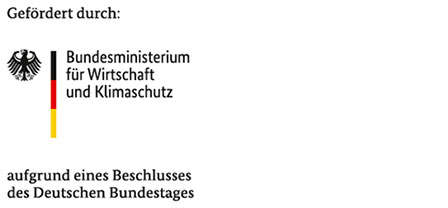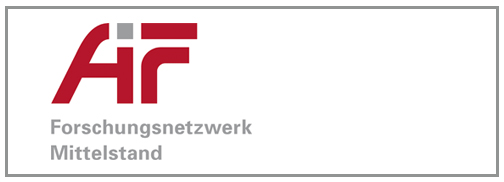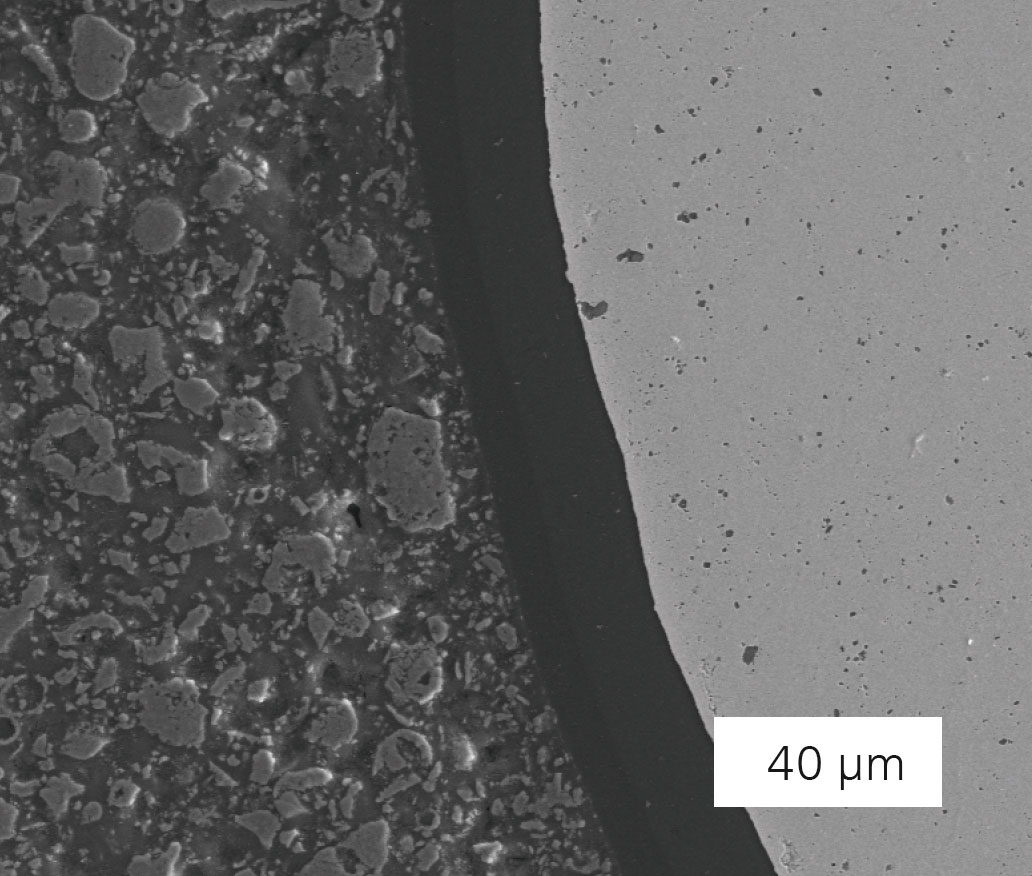
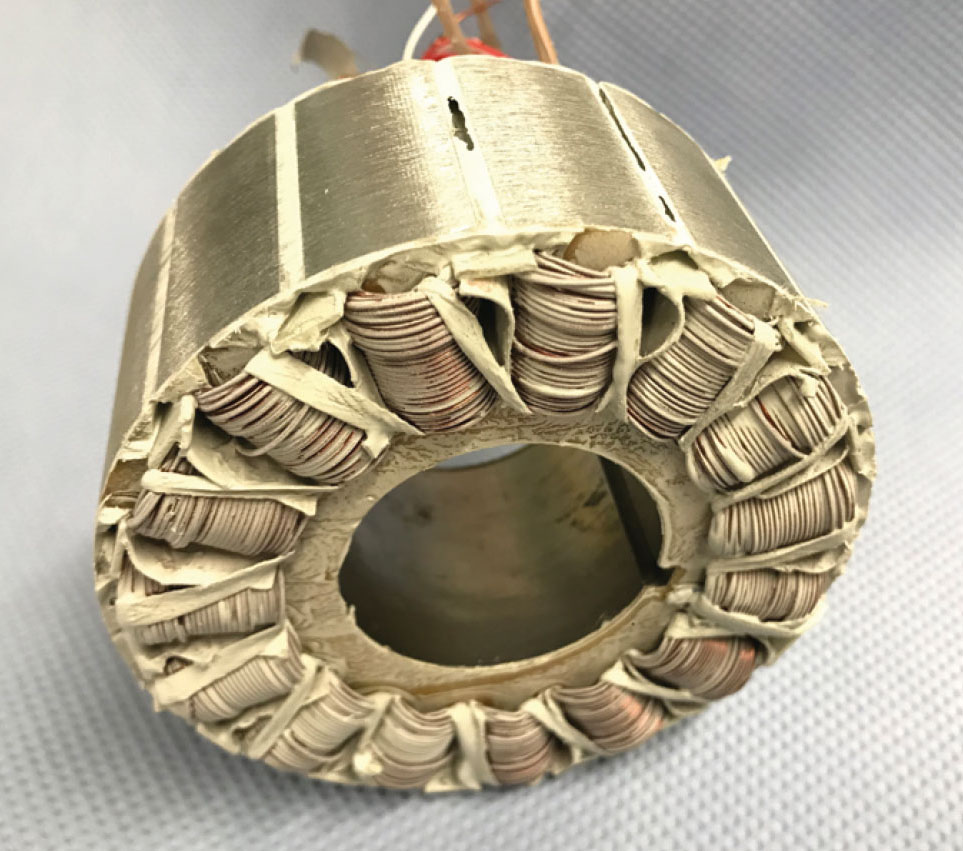
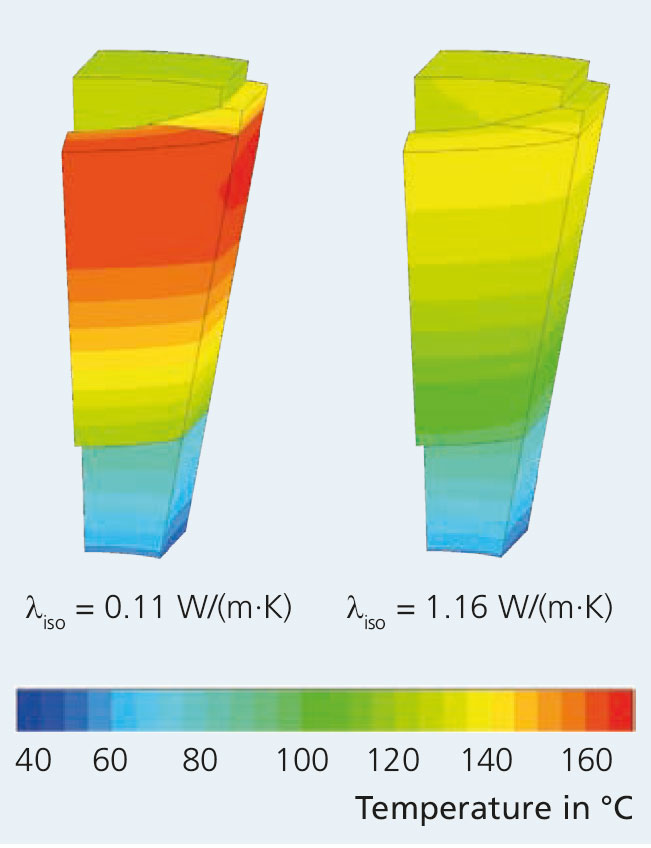
The electromagnetic utilization and resource efficiency of electrical machines can be enhanced by increasing the current loading. This approach finds its limits in the maximum permissible temperature of the winding insulation materials and the reduced transportation of heat due to the low thermal conductivity of the synthetic isolating materials and multiple air gaps between winding, main insulation, and laminated core.
A sponsored R&D project has managed to develop polymerceramic composite systems with increased thermal stability and thermal conductivity for winding impregnation in electrical machines. The composites consist of a polysiloxane matrix and ceramic fillers, such as aluminum oxide, aluminum nitride and boron nitride. Surface modification of the filler particles made it possible to achieve filling degrees up to 40 vol-%. The composites have a sufficient fluidity of the paste-like initial systems, for a fast and complete winding impregnation. The polymer-ceramic impregnation systems exhibit a thermal conductivity that is improved four to six times compared with conventional impregnation systems, such as polyester imides.
Investigations on electrical machines with polymerceramic insulation in standard operational regimes have shown that the electrical insulation afforded by the impregnation is sufficient. Microscopical investigations of impregnated winding samples have revealed a pore-free and homogeneous microstructure of the polymerceramic composites and an even particle distribution in the polymer matrix. The impregnation agent wets the wire surface without any gaps (top figure). These properties of the microstructure are important preconditions for efficient heat dissipation.
For the impregnation, wound laminated cores are treated in an immersion bath filled with the paste-like initial system of the polymer-ceramic composite before being thermally cured. This technology is comparable to conventional technologies of impregnation with commonly used resins. Slightly modified polymer-ceramic impregnation materials were shown to also be suitable for the surface insulation of laminated steel cores of electrical machines. This makes it possible to do without conventional insulation foils with low thermal conductivity.
Analyses of the operating parameters of electrical machines with polymer-ceramic winding insulation (middle figure) show that the overtemperature of the winding, which describes the difference between winding and ambient temperature, is reduced by 50 to 60 % thanks to improved heat dissipation. These results confirm computational simulations based on measured parameters of the developed composite materials (bottom figure). As a result, the power density of the electrical sample machines could be enhanced by up to 44 %.
Acknowledgement
The IGF project 20387 BR was kindly supported by funding from the German Federal Ministry for Economic Affairs and Climate Action (BMWK) through the working group of industrial research associations (AiF).
